Despite being far more niche these days, film photography still hangs on. And while there are plenty of options out there for getting your films lab developed and colour film developed, both C-41 and E-6 is fairly uniform no matter what chemical you buy. Except for E-6, Cinestill has a unique E-6 kit, but that’s a whole other thing. When it comes to Black & White, there is a tonne of options available to you for development. It can seem a bit overwhelming at times. But I have spent close to a decade developing my own Black & White at home and have tried a pile (but not all) of developers out there. If you’re getting started with home development, hopefully, I can guide you through some options to help make your life easy and give you some information and background for picking a developer to suit your needs.
The GP Developers
If you only have room in your chemistry set for three developers, these four are the ones that will deliver and be able to develop any B&W film in any given situation. While they won’t be the best for any push or pull development, HC-110/Ilfotec HC can work in a pinch. But for your general-purpose development or getting used to the process, these are the best ones to start with.
Kodak D-76/Ilford ID-11
When it comes to a developer that will give you a strong base and economical, Kodak D-76 or Ilford ID-11, this is a developer that will do it all, developing both B&W films and B&W Papers. It is also an economic developer as you can mix it up from powder and then develop right off the bat from this stock solution. One gallon will develop x rolls of film, which runs out to a cost of x per roll. But you can also dilute it down to a 1+1 or 1+2, but then it becomes one-shot (use once and dispose of). D-76 will develop both traditional and t-grained film without issue. It also shows off what a film can do; it doesn’t add or subtract sharpness or grain, and there is no real change to the contrast. While D-76 is only available in 1-gallon sizes, ID-11 you can get in 1-litre quantities and larger. Plus, you can also easily mix up your own D-76. There is also a tonne of clones of this developer formula out there.




Kodak HC-110/Ilford Ilfotec HC
If you’re looking for something a little more customizable and has long term shelf stability and can be adapted to adjust contrast and even act in a compensating nature, then Kodak HC-110 or Ilford Ilfotec HC plus numerous clones is an excellent choice. This liquid concentrate developer is mixed with water to make up a working solution and mixed into various assorted dilutions. Under Kodak, these are often designated by letters such as Dilution A or Dilution B, but these are also in number form, so Dilution B is 1+31 and Dilution H is 1+63. And the best part is that there are tonnes of clones out there. I’ve found that you can control the film’s contrast by making your HC-110 either stronger or weaker and help either increase or decrease any inherent contrast in the film. You can also use the more dilute versions to compensate to preserve highlight and shadow detail. Plus, with a highly dilute (1+150), do a semi-stand development with B&W films.

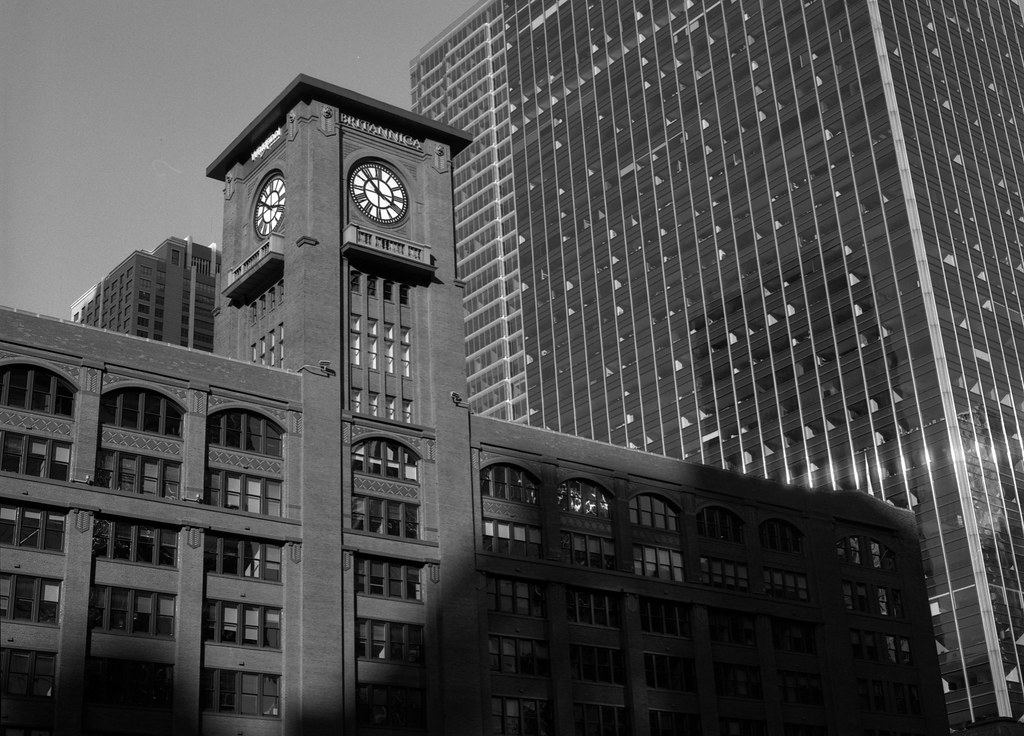

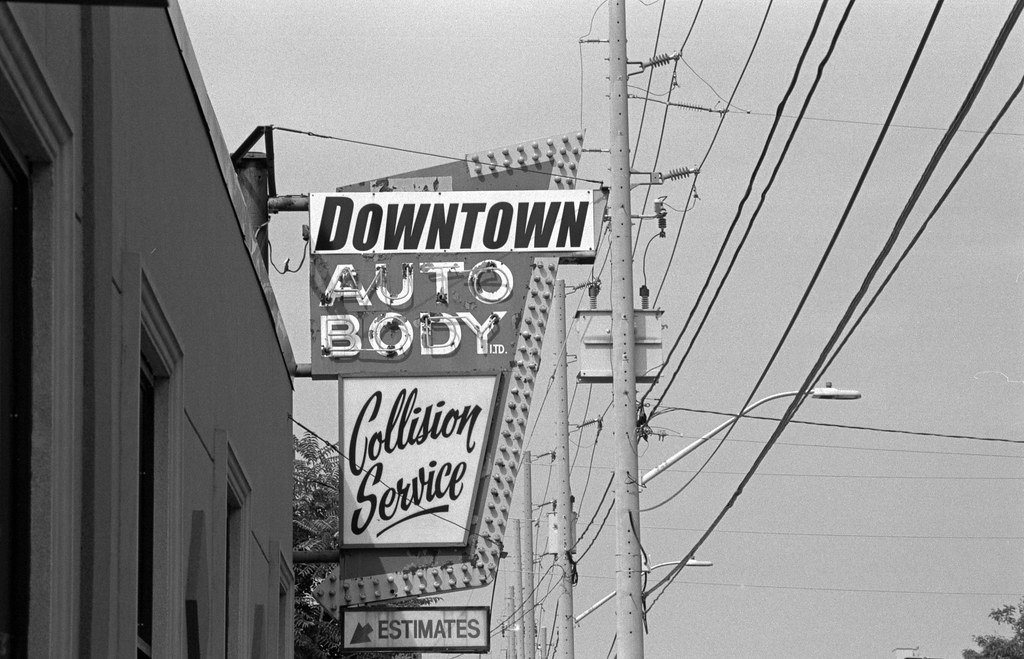
Rodinal
Rodinal is the oldest commercial developer out there; it is bulletproof, lasts a long time and can be customized to suit your needs. While it isn’t known to produce the finest grain, it certainly will deliver sharpness and solid contrast reproduction. Great for films that already have a fine grain structure. Generally, you will mix it in two different dilutions, 1+25 or 1+50. However, I recall one photographer mentioning that he would never mix Rodinal to 1+25. At 1+25, you will see more contrast and can be used to bump up the contrast on a low contrast film or day, and 1+50 will even things out rather nicely. You can also do several types of stand development, 1+100 or an hour or 1+200 for two hours. In both these cases, the developer will give a lovely compensation and will essentially develop any film shot at any speed. While limited to push/pull applications, you can probably manage a +/- one-stop. And the stuff lasts forever; even if you find a sealed bottle of the original Agfa stuff, it will still work. These days you can find the Rodinal name used by Adox, or here in Canada, we have Blazinal.




Kodak TMax Developer/Ilford Ilfotec DD-X
I almost considered putting TMax Developer and DD-X into the Speciality category. Still, I quickly realized that many people only use this developer style, and it does make for a good GP developer! While not a direct analogue, they are both designed to get the most out of modern TMax and Delta films or any modern emulsion. But they work well on other films; while they are not as economical as D-76, Rodinal, or HC-110, you can reuse a 1+4 dilution mixture at least for a few rolls of films. They also have compensating qualities that help with push processing or challenging films. Most of the time, you’re working with a 1+4 or 1+9 dilution. While I don’t use them every day, I know many people who do and have never been disappointed with the results.




Speciality Developers
Once you start getting into over and underexposure of your films, most general-purpose developers will be less than ideal for the push and pull processing needed. I say that lightly as I’ve had excellent luck with push processing in TMax Developer/DD-X and highly-dilute mixtures of HC-110. But the developers below are ones that I know do an excellent job in reducing the effects of the modifications and pushing and pulling in development.
Kodak XTOL
While many people use XTOL for high-volume development personally, I find it excellent for helping to tame the grain and contrast when you under-expose film (shooting it at a higher speed) and then push processing. Not only that, it is the newest developer to come out of Kodak. It also is slightly more environmentally friendly than traditional developers. And XTOL does what it claims to do; it lessens grain without reducing sharpness and also middles out the film’s contrast. It also does a fantastic job when over-exposing and pulling the film in development. The one downside is that you can only get XTOL in volumes of five litres minimum. Kodak had released a one-litre kit, but it proved unstable.


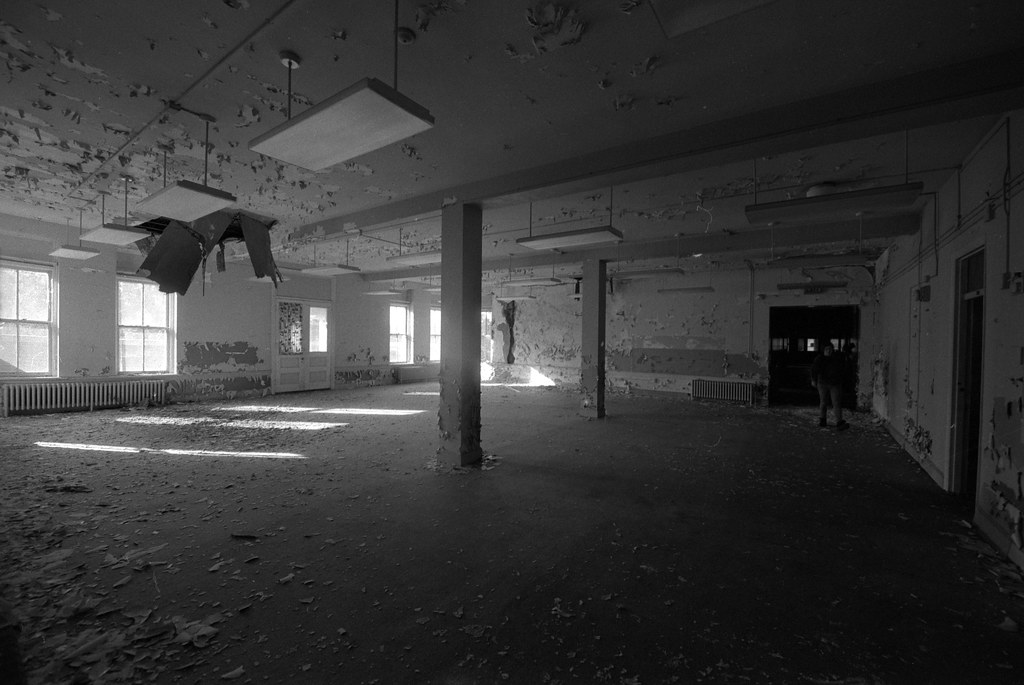

Ilford Microphen
Probably my hands down favourite developer when push developing films. But it is best used when you under-exposure and push process films. While you can shoot films at box speed, I do find it doesn’t work as well, often reducing contrast and softening the images. But working in the ideal conditions or one or two stops under the developer will even out the contrast, tame the grain and keep the film’s inherent sharpness. I find it works best with traditional films (FP4+, HP5+) over T-Grain films. The best part is that it comes in one-litre kits and can develop ten rolls per litre with minimal adjustment in times.




Ilford Perceptol
While Microphen handles under-exposure, Perceptol is excellent at over-exposure and pull development. Again you can shoot your film at box speed and develop normally, but it works the best with slight overexposure (shooting film slower than box speed). It does help bump up the contrast slightly and then increase the grain slightly, if only to improve edge sharpness. At the same time, it doesn’t spend a lot of time in my chemistry cabinet. The downside is that a one-litre kit will only handle four rolls of film at the stock solution, and it is fairly expensive for the volume of chemistry.
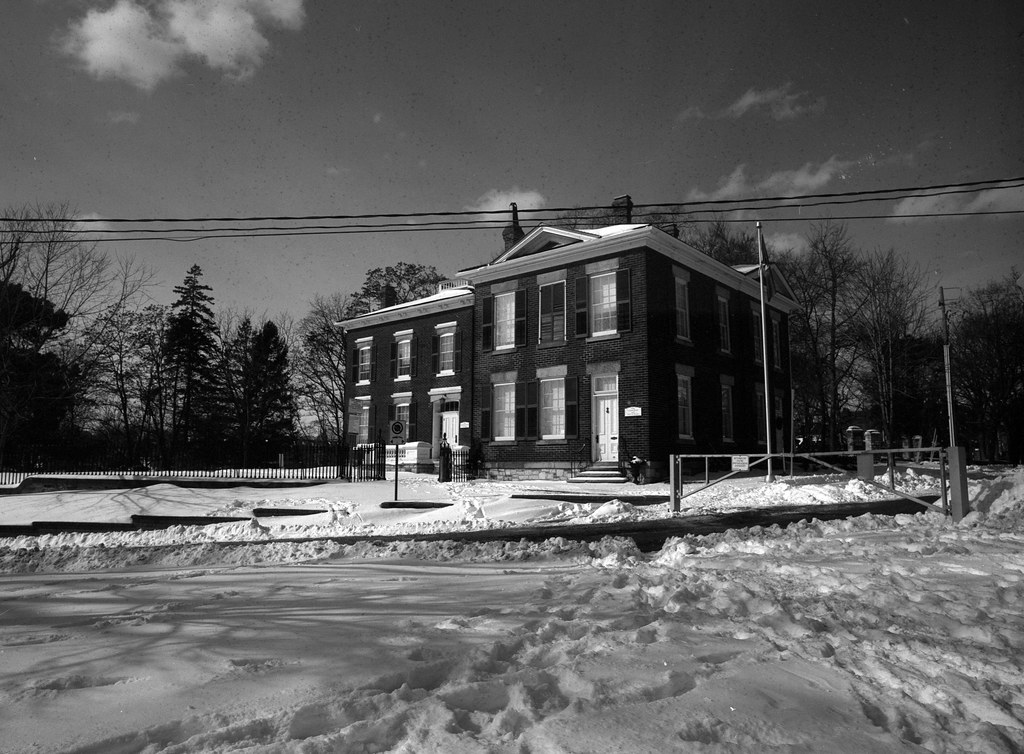

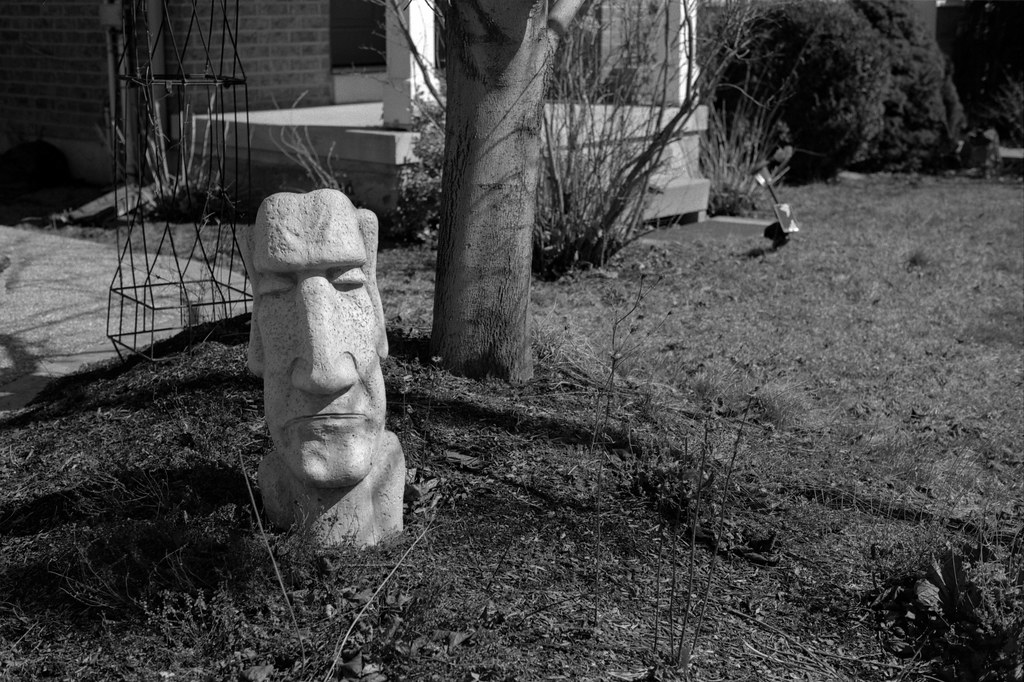

Specalized Developers
These developers go above and beyond your standard push/pull developers and, in some cases, even alter the films themselves. These are great for high levels of compensation or working with old and expired film stocks, or doing fine-art processes.
FA-1027/Clayton F76+
Known among many film labs as the magic juice, FA-1072, also known as F76+, is an excellent liquid developer that handles most films. But it is designed to work best with Ilford HP5+, and you know they are right! At the strongest mixture 1+9, you can develop several rolls before the working solution is exhausted, and even when the concentrated developer has turned rather yellow, it still works like a charm. Plus, you can also make the working solution more dilute to stretch out the concentrate. And since the developer contains an anti-fogging agent, it will work on expired film and reduce base fog.


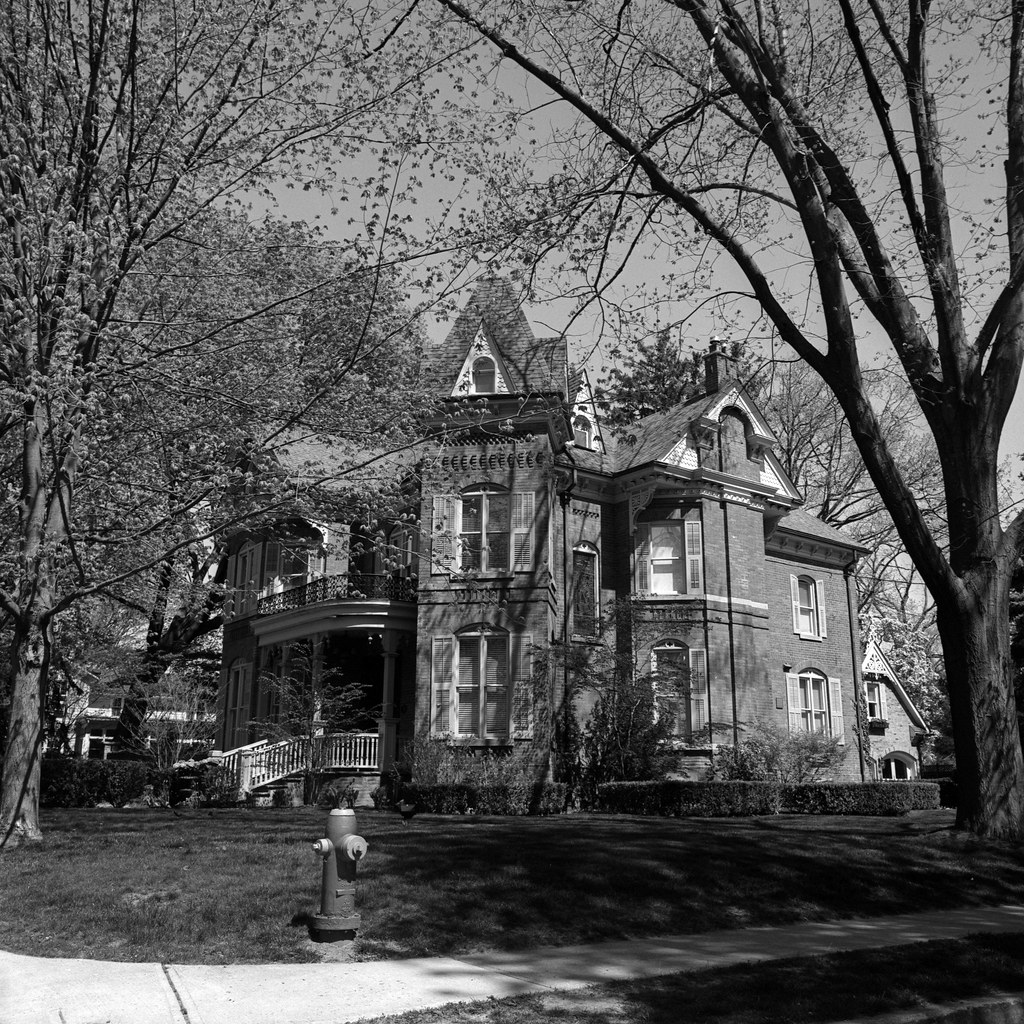

Pyrocat-HD
If you have ever shot large format, then there is a strong possibility that the words pyro developer has crossed your mind or at least your attention. While Rodinal is an old developer, the base developing agent in Pyro developers is older. While there are many flavours of Pyro developers out there, I’ve only had the chance to use two, the old PMK Pyro and Pyrocat-HD. Pyrocat-HD is a less toxic (but still very toxic when compared to D-76) version of PMK Pyro with shorter development times and better staining action. The developer is credited to Sandy King. This is the ultimate in compensating developers, but it also leaves a stain on your negatives, which helps with printing. It comes in two parts, mixed generally at a 1+1+100 dilution, so highly dilute. This is one of the few developers that you don’t want to use a chemical stop bath, and for best results, use the Photographer’s Formulary TF-4 fixer for better stain retention. If you use film that doesn’t have built-in emulsion hardening, give a quick 3-4 minute in a hardening fixer.
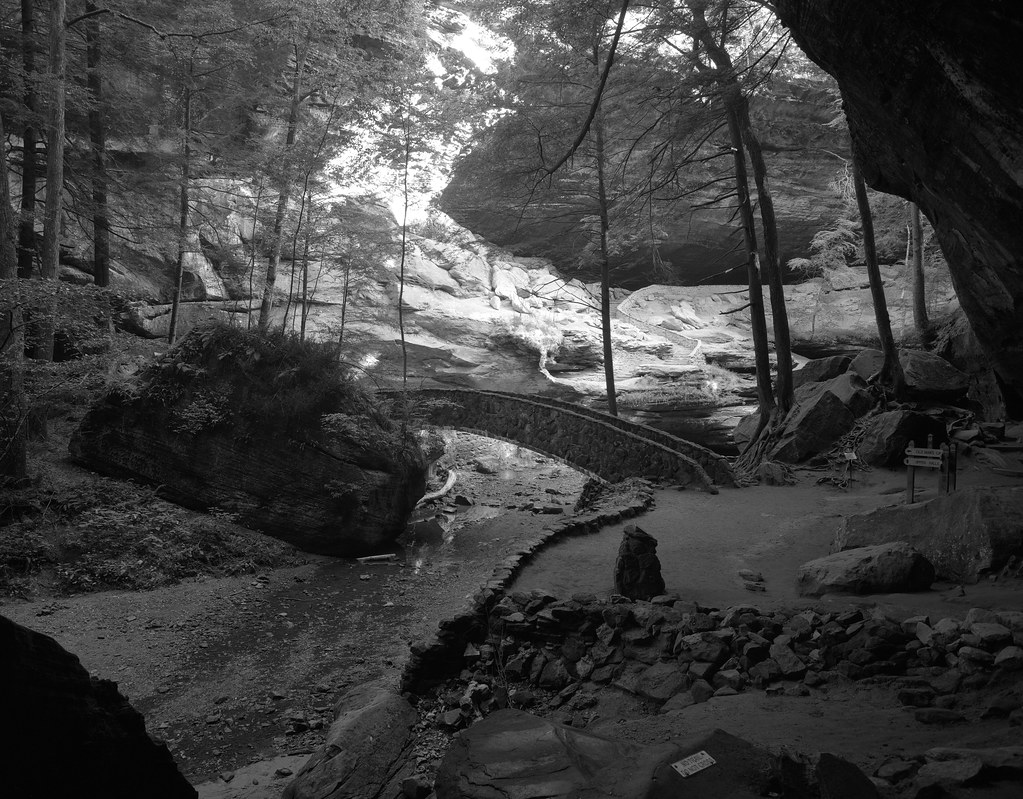



Rollei Low-Contrast Developer (RLC)
Rollei Low-Contrast Developer or RLC is perhaps the most specialized developer I include in today’s post. That is because RLC follows in the footsteps of several other developers designed for use with technical films. Designed to reduce contrast and provide the best results in films designed to incredibly high-resolution and fine detail, it is one of the developers you can use to develop that cold-stored Kodak Technical Pan and Agfa Copex when you don’t have any Technidol or Formulary TD-3 on hand. It can also work well on regular films with a speed reduction. Sadly the bottle only has enough concentrate for four rolls of 35mm film, and it is a bit on the expensive side.
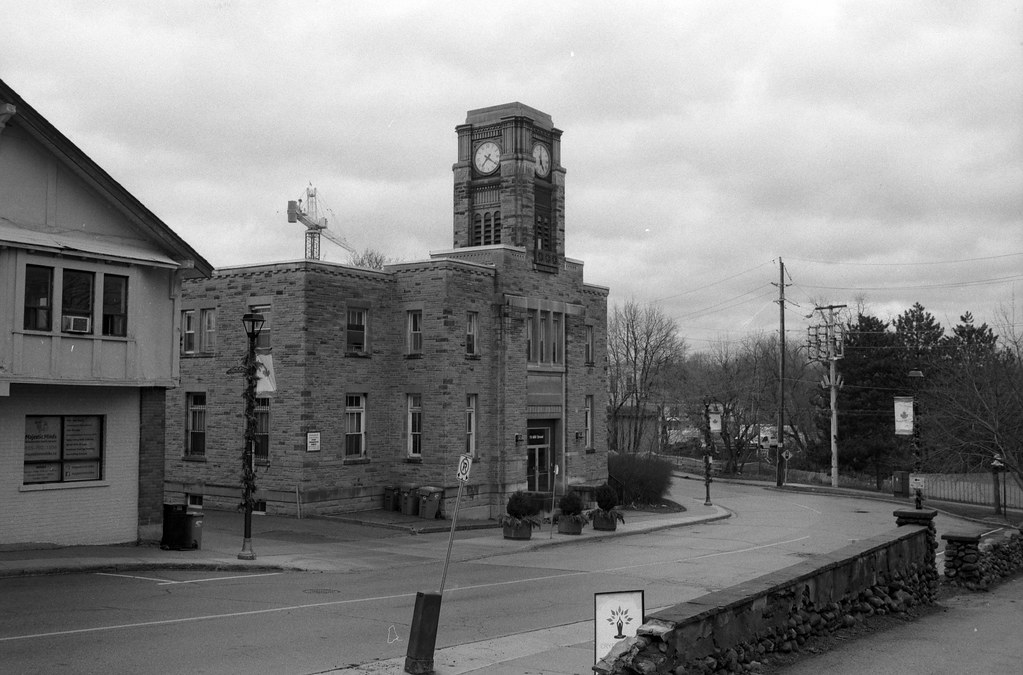


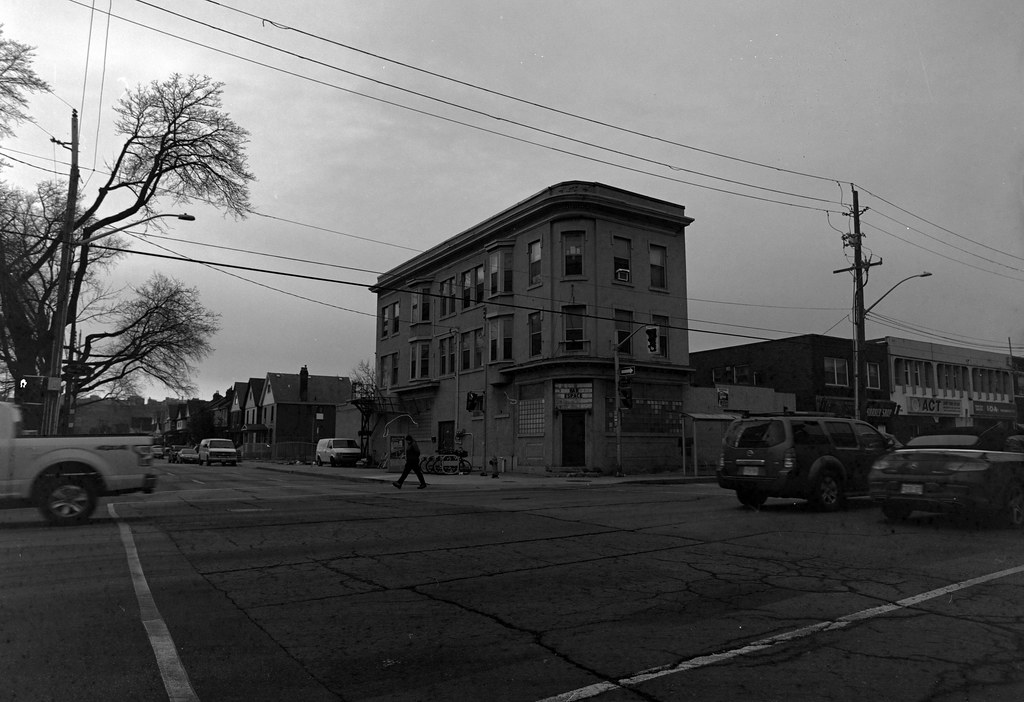
Now, this is only a starting point; there are tonnes of other options out there for your personal black & white development. I haven’t even scratched the surface of all the wonderful developers being produced by Adox, and then there’s motion picture developers, two-bath, monobath. It is a big wide world of chemistry out there today! But if this helps you get a decent set of chemistry for (almost) everything you want to do with your development, then I’m happy.